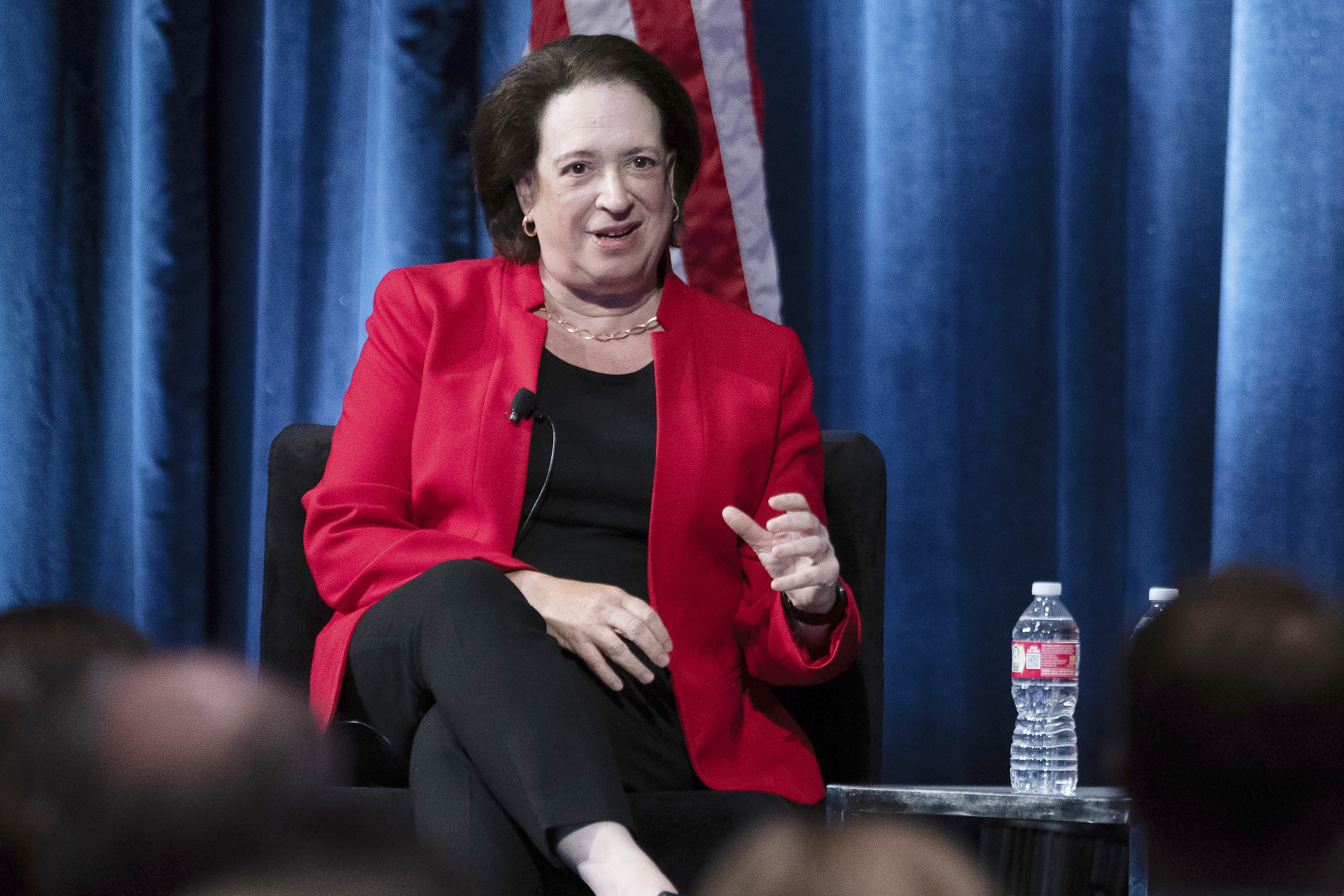Tracking Patents
See related story, “The Company Line.”
In the last two terms, the U.S. Supreme Court has decided an unusually large number of patent law cases. And the high court isn’t done yet, according to experts. They forecast that, unless the law is changed by Congress or the U.S. Court of Appeals for the Federal Circuit, which hears patent appeals, the Supreme Court will continue to reform patent law.
It’s clear where the court wants to go. The justices handed down five patent rulings in the last two terms, and each reversed the Federal Circuit and cut back on patentees’ rights. “That’s a pretty strong signal that the court is not happy with the direction of patent law,” says Rex Heinke, a Los Angeles patent litigator.
In general, the court is concerned that patents are too easy to get and are enforced too broadly, according to many patent experts.
“The general thrust” of the Supreme Court’s concern, Heinke says, “seems to be that by giving patent holders rights that are too extensive, the lower courts are going to restrict innovation and the development of new technologies.”
The most important of the three decisions last term was KSR International Co. v. Teleflex Inc., 127 S.Ct. 1727 (2007). The patented invention at issue was a combination of two existing machines. A trial court struck down the patent because combining the existing machines was obvious. The Federal Circuit reversed, holding that an invention is obvious only if, prior to the date of the invention, there was an explicit “teaching, suggestion, or motivation” to combine the existing elements.
The Supreme Court unanimously rejected the Federal Circuit’s rigid application of the teaching-suggestion-motivation test, giving both courts and the patent office more latitude to find a combination is obvious.
KSR thus makes it significantly easier for the patent office to reject applications for supposedly obvious inventions. The case also makes it easier for alleged infringers to attack a plaintiff’s patent as obvious.
In MedImmune Inc. v. Genentech Inc., 127 S.Ct. 764 (2007), the court ruled 8-1 that an entity need not risk infringement liability before it could legally challenge another’s patent. A declaratory judgment can be used to attack the patent’s validity even if the challenger has no reasonable apprehension it may be sued for infringement.
The ruling has caused patent owners to become more reluctant to assert their patent rights against others. “Patent owners are afraid to open licensing negotiations… [because] the other side might file declaratory judgment actions against their patents,” says Samson Helfgott, a patent attorney in Manhattan who is the immediate-past chair of the Patents Division of the ABA Intellectual Property Law Section.
Microsoft Corp. v. AT&T Corp., 127 S.Ct. 1746 (2007) limited the damages available to owners of software patents. The court, by a 7-1 vote, interpreted the Patent Act narrowly, so exporters of infringing software need not pay additional damages when the exported software is copied and sold outside the U.S.



